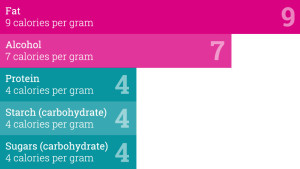RECOMMENDED LEVELS
Recommended activity levels
When it comes to our overall health, diet is only half the story. The other critical part is keeping active. The World Health Organization (WHO) states that physical activity has significant health benefits and contributes to the prevention of NCDs.(7) In fact, not keeping active enough is linked to a number of health issues and shortens lifespan by three to five years.(5) Despite this, it is estimated that globally one in four adults is not active enough.(7)
The good news is that keeping physically active can be done at any level of skill and for enjoyment too – and it doesn’t have to mean exercise. For example, it can include other activities which involve bodily movement and are done as part of playing, working, active transportation, household chores or recreational activities.

Dietary guidelines across Latin America typically recommend at least 30 minutes of daily physical activity.
| SUGAR FACTS |
|---|
| The body breaks down each type of sugar in exactly the same way irrespective of where it comes from. For example, sucrose in an apple is broken down in exactly the same way as the sucrose in your sugar bowl. However, the rate of which the sucrose is absorbed can vary depending on if the source is a solid or liquid food, for example in an apple or apple juice. |
| Sugars are an important source of energy with glucose being the most important for the body. For example, our brain requires around 130 grams of glucose per day to keep functioning. |



